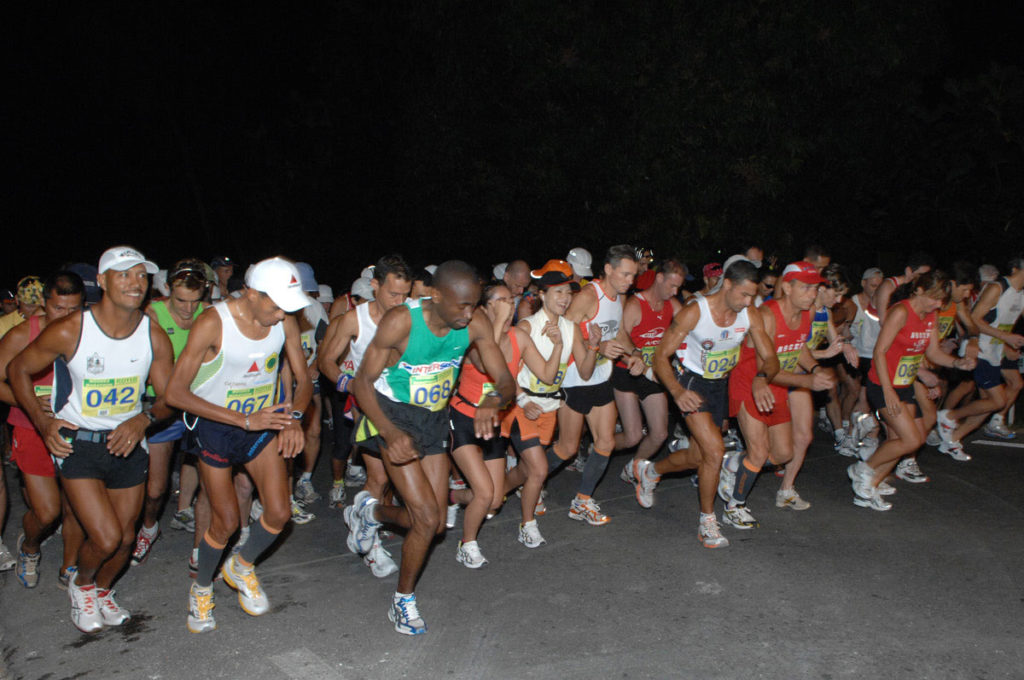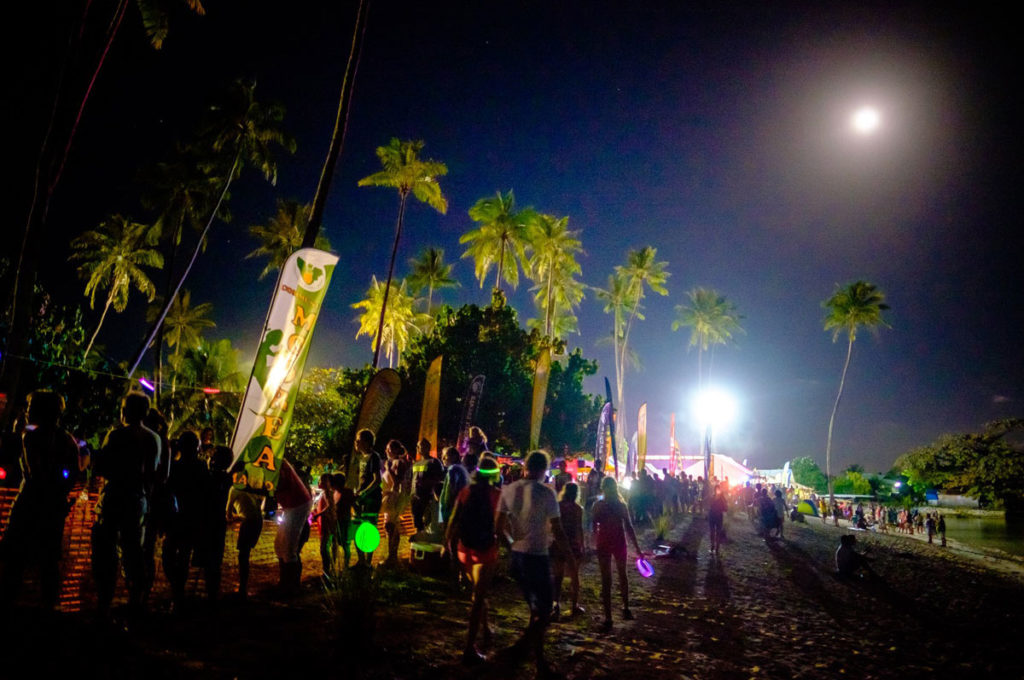The most talked about and inspiring performance of 2019 came in Vienna, Austria, when Kenyan Eliud Kipchoge covered 42.2 kilometres in less than two hours.
The two-hour marathon has long been considered one of the pinnacles—and limits—of human capability. Physiologist at Mayo Clinic Dr. Michael Joyner published a study in 1991 concluding that a 1:57:58 marathon is theoretically possible. But since 1991, and until recently, no one came even close. The two-hour marathon is not necessarily what people conceived as humanly possible, it was more of an iconic barrier because it’s a flat number (like a 4:00 mile).
In October, the Olympic marathon champion and world record holder became the first human to run below two hours for the distance, clocking 1:59:40 in a highly-controlled and planned environment. Until 2017, nobody had come within 2:57 of breaking two hours in the marathon.
It was the second such experiment for an attempt at two hours. First, in 2017, three men including Kipchoge chased two hours on a Formula One race track in Monza, Italy, with the Kenyan narrowly missing the mark by 26 seconds. He ran 2:00:25.
This year, a few refinements and adjustments were made in an effort to make conditions faster for Kipchoge. For one, Kipchoge was the sole owner of the spotlight, and a team of world-class runners who acted as his personal pacers, each taking turns to help break the wind, aided him. His fuelling strategy was also improved to ensure he did not run out of glycogen in the latter stages of the race.
In terms of global reach, the live stream has been viewed more than 5.1 million times since it aired on October 11. (The original “Breaking 2” National Geographic documentary also garnered millions of views, but has mysteriously been set to private on YouTube.)
For some, this effort was seen as a wasted attempt at a marathon because conditions did not adhere to world-record regulations. Firstly, the attempt was not part of a race, it was a glorified (and thrilling) time trial. Who knew watching one man run for two consecutive hours against no one but himself, and the clock, could be thrilling? Second, the method in which he was handed his drinks was not record-compliant. Third, among others, was the pacing technique, where athletes acted as rabbits who did not start at the same time as Kipchoge.
Hindsight is 20/20 in this case, but some hoped Kipchoge had instead run the 2019 Berlin Marathon one month before his sub-two attempt. This is because Kenenisa Bekele, the greatest all-around men’s distance runner of all time, had run 2:01:41, two seconds off Kipchoge’s official world record. Prior to the race, no one had much faith in Bekele, because of his recent poor performances. If Kipchoge had run Berlin, we may have witnessed the greatest duel ever seen in a road race. But none of that matters now, because Kipchoge has become a modern-day Roger Bannister. He is the first, though one hopes not the last.
Kipchoge’s performance was an inspiring display of athleticism and sportsmanship among his peers, who were as excited as he was when he shattered the barrier. To put a 1:59:40 marathon into perspective, consider this: the pacing equates to 2:50 per kilometre, 4:34 per mile, 28:21 per 10K, and 59:50 per half marathon. Many of these times would be near impossible for any mere mortal to run just once, let alone twice, or 42 times—sprinting a marathon at those speeds seems absurd.
Next, we may see experiments where sub-two-hour attempts will occur within sanctioned races, like Boston, Berlin, or maybe even a race here in Canada. Eliud Kipchoge showed the world that the times they are a changin’. His winning personality only makes the whole thing that much more sweet.


















 Our Magazine
Our Magazine
